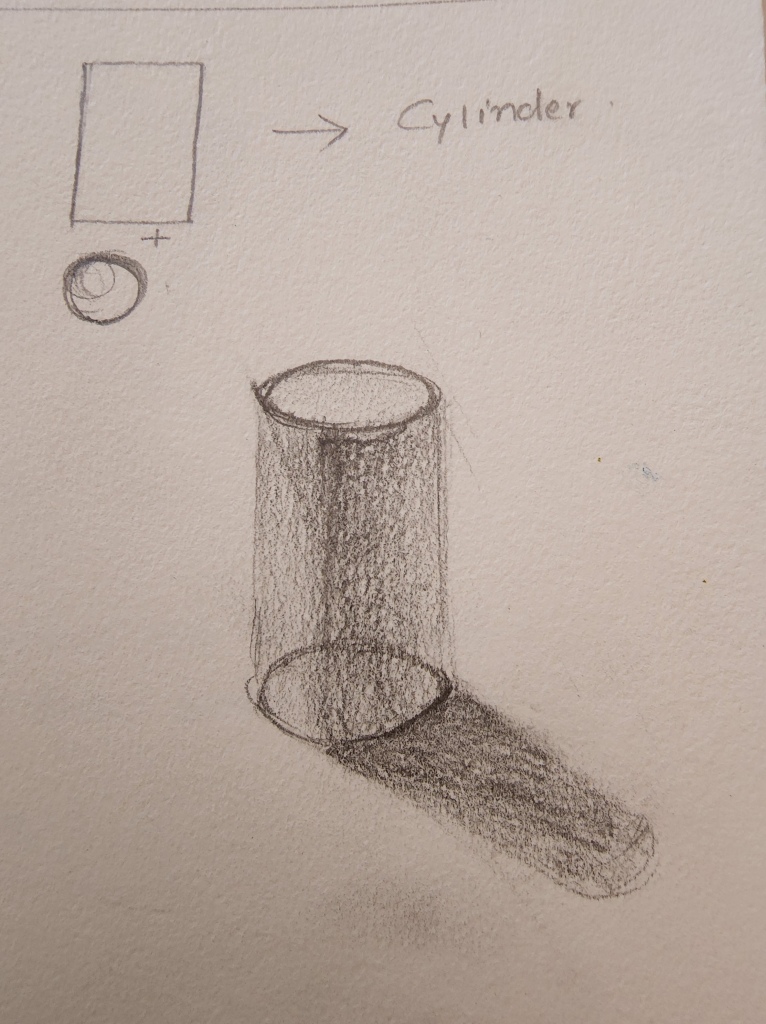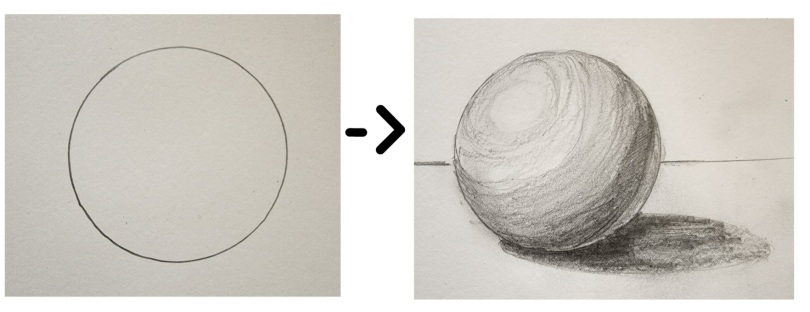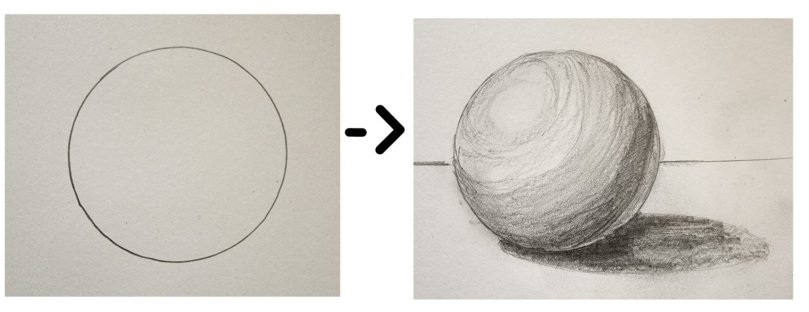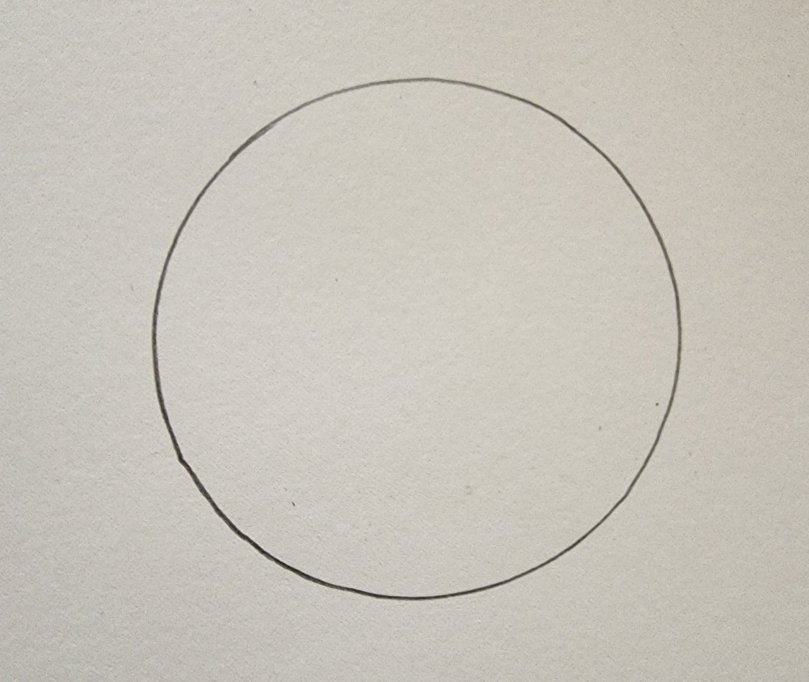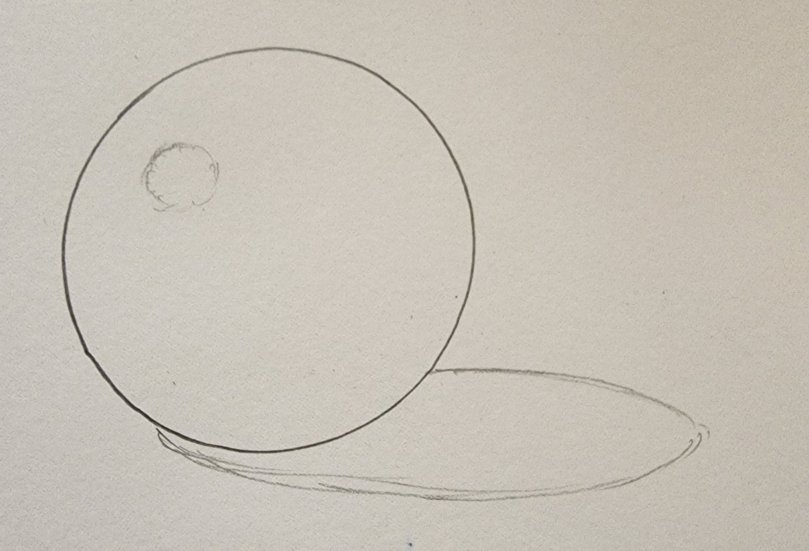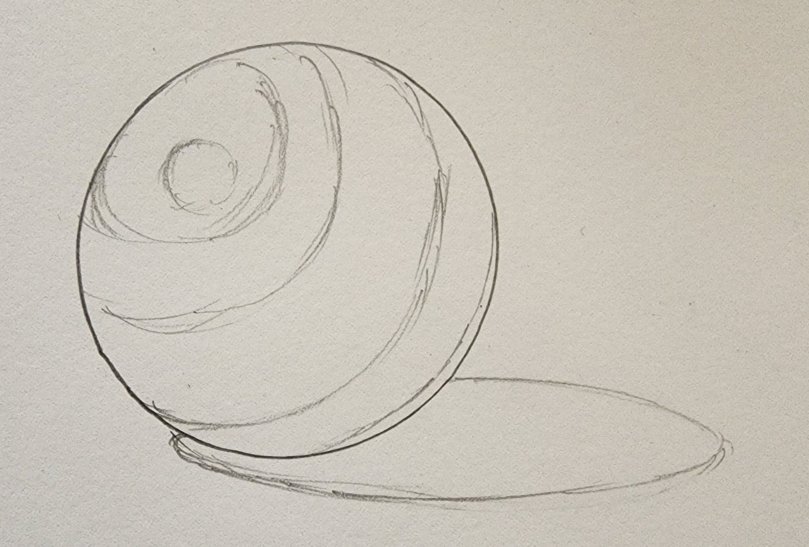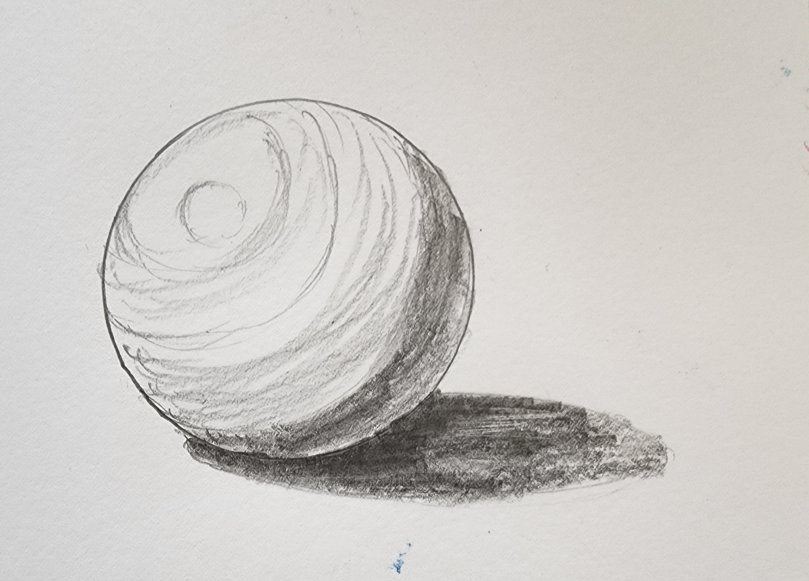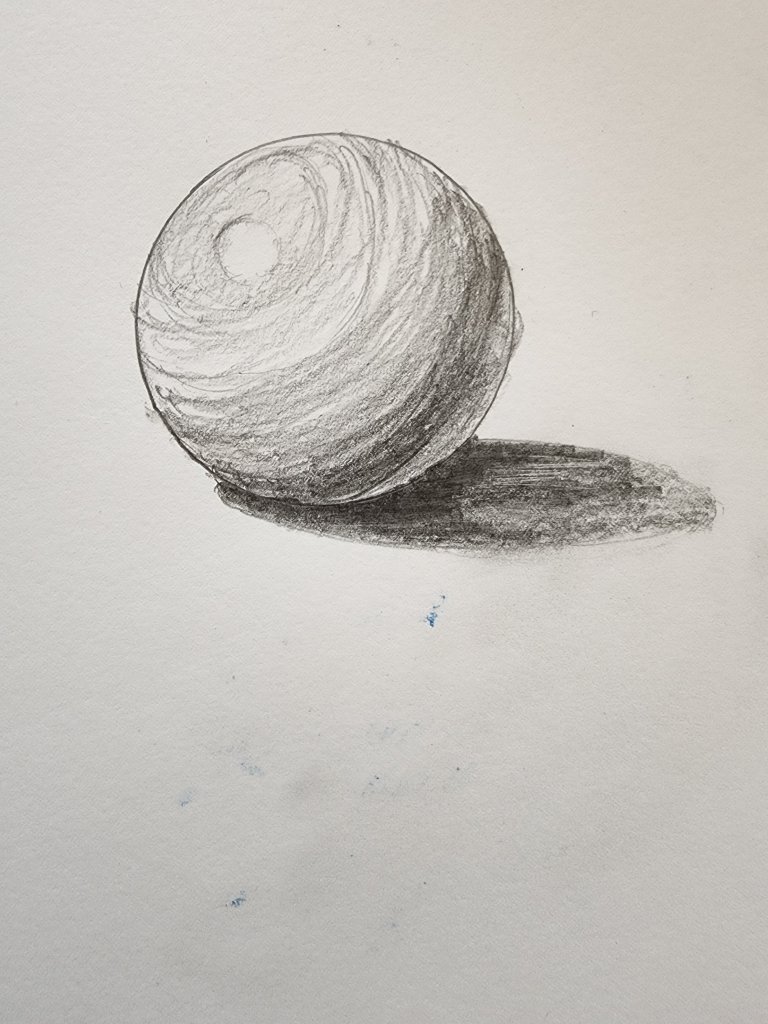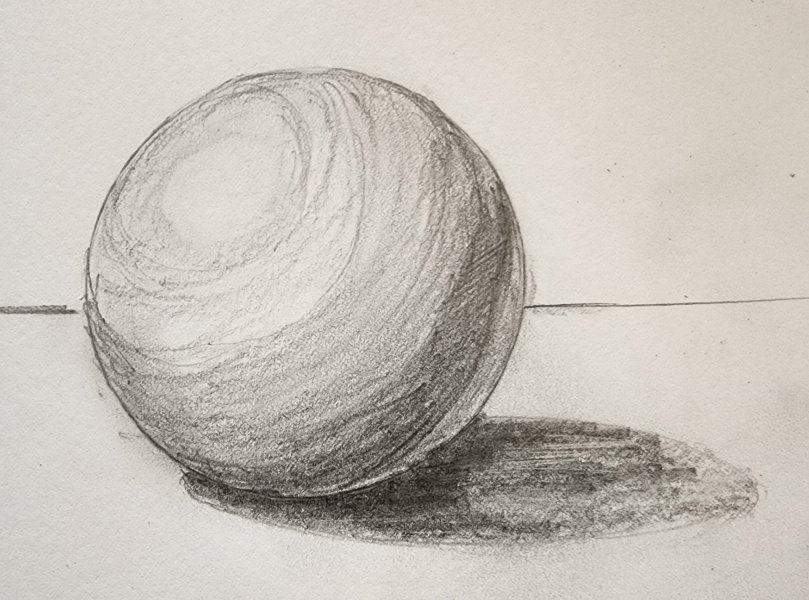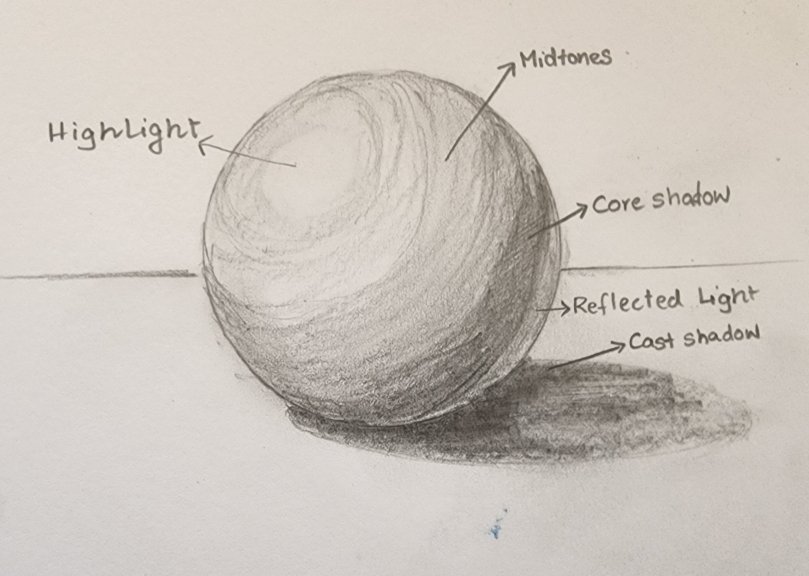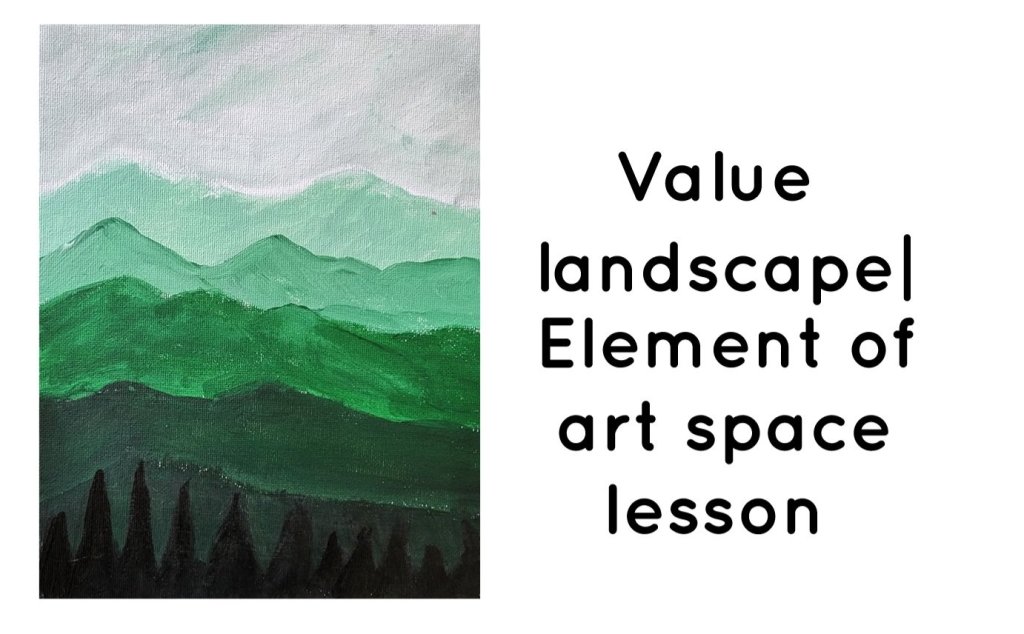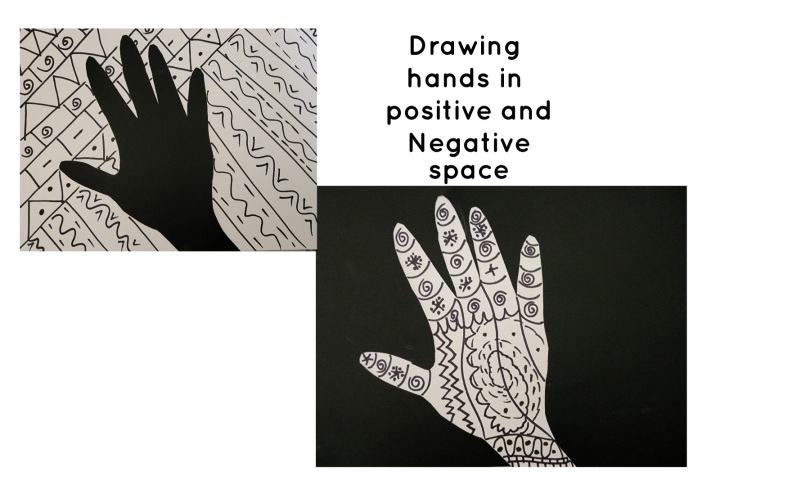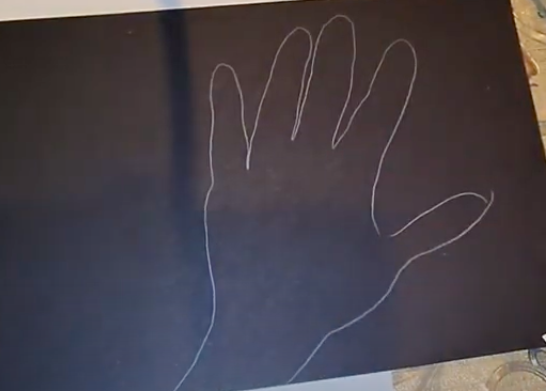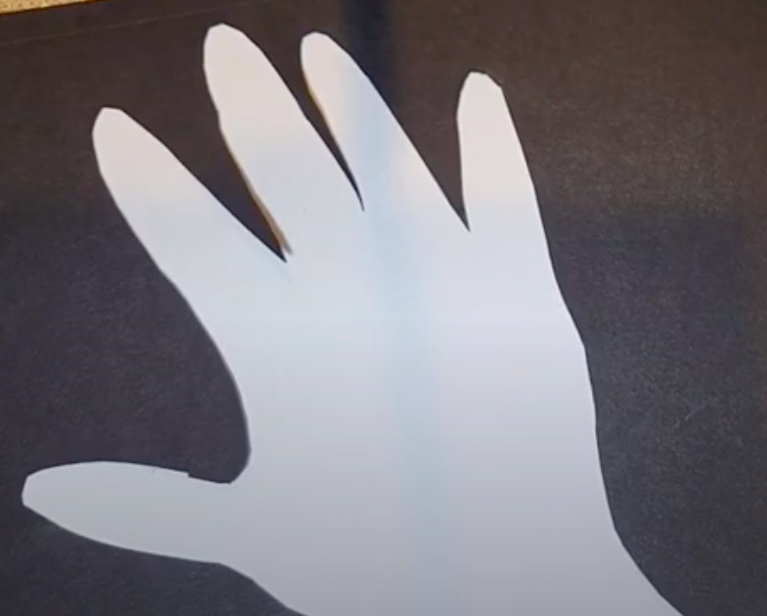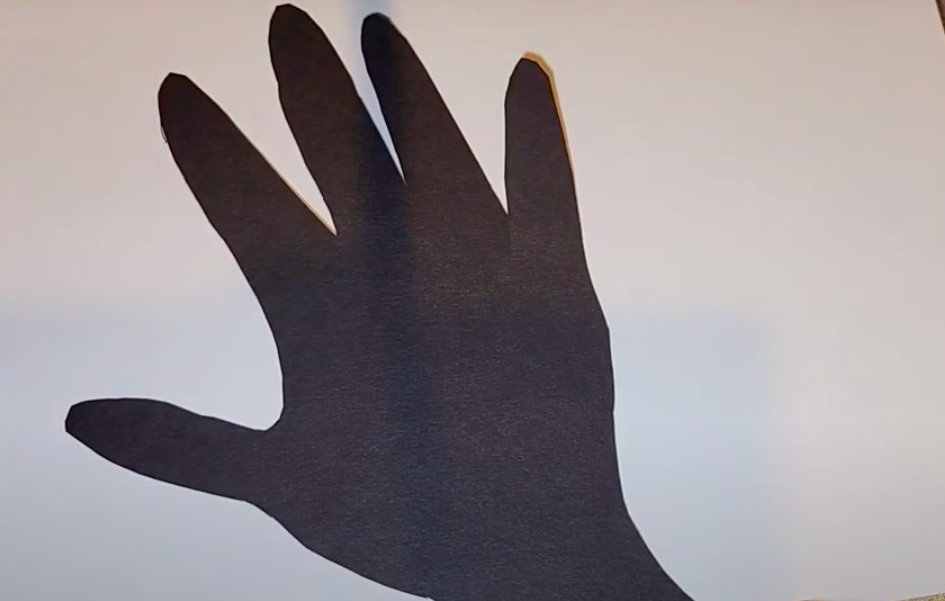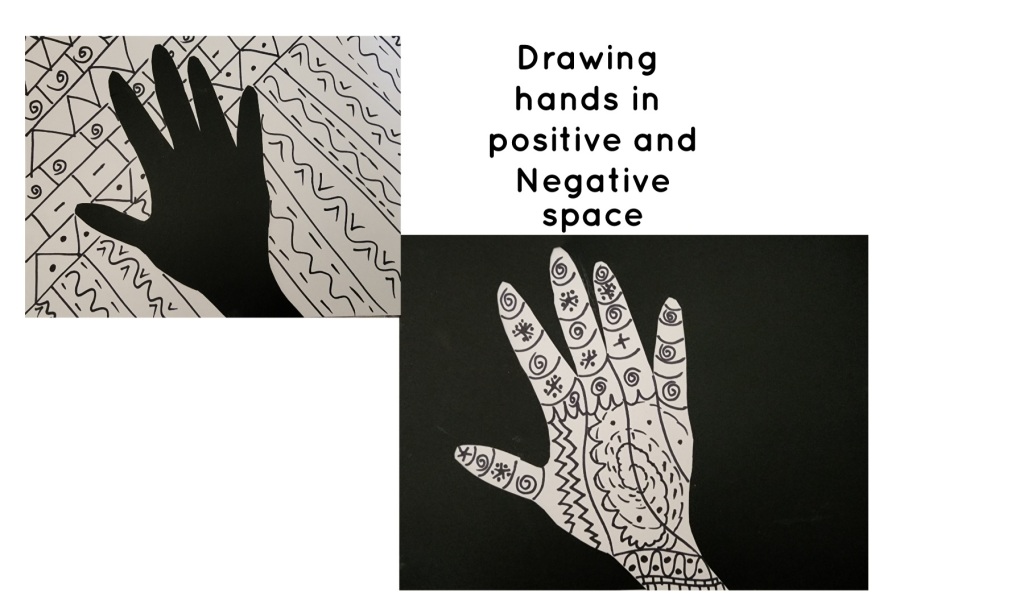In our last lesson on space, we created an illusion of form using shading to define a sphere’s space.
In this lesson, we are going to see how different shapes are going to be combined to create a 3-dimensional form.
We will be working with the geometric shapes square, rectangle, oval, circle, and triangle and combining them to create a pyramid, cone, cube/cuboid, and cylinder.
In the next step, we will add shadows like we did in our previous exercise to define its space and give the shapes Form.
THINGS NEEDED:
It is a drawing exercise, so all you are going to need is a well-sharpened pencil, eraser, and drawing paper. You could use a ruler if you are not confident about your free-hand straight lines.
- Creating a cube using squares– We start with a square and add two show 3 planes you create a cube form as shown in the drawing below. We also shade the 3 sides with different values and add a cast shadow below to define the space thus creating the illusion of a 3-dimensional object on a 2-dimensional paper.
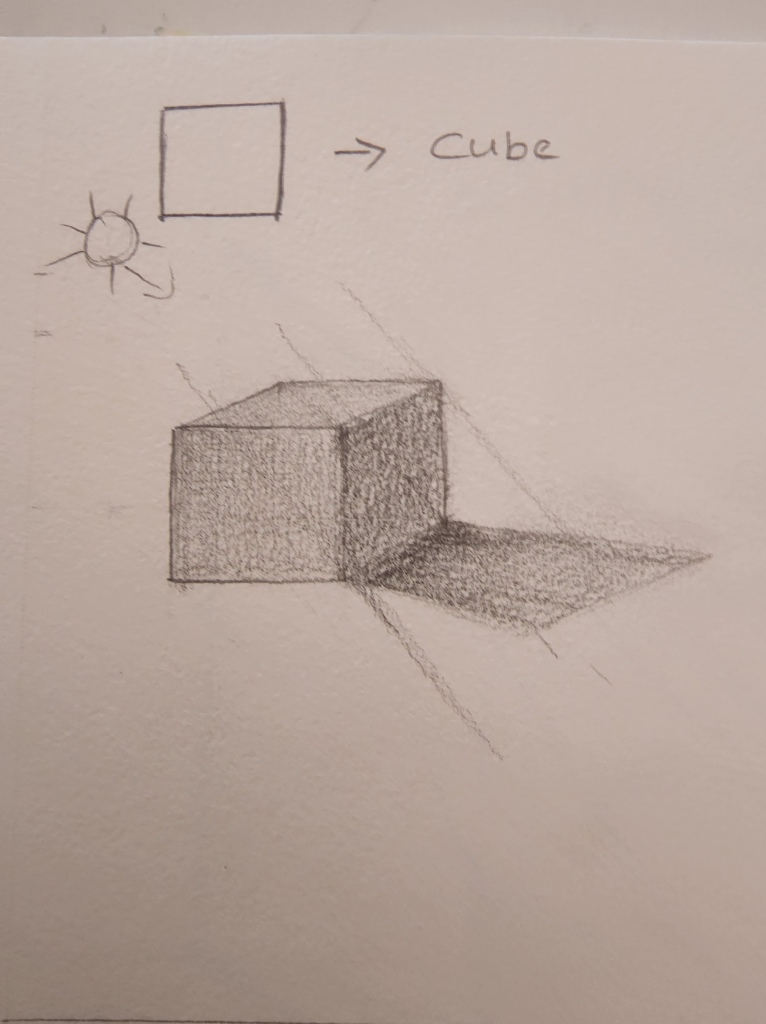
- Creating a pyramid using triangles– We start with a triangle and add another triangle on the side as shown in the drawing below to create a pyramid. By shading the 2 sides with different values and adding a cast shadow we created a pyramid form and defined its space.
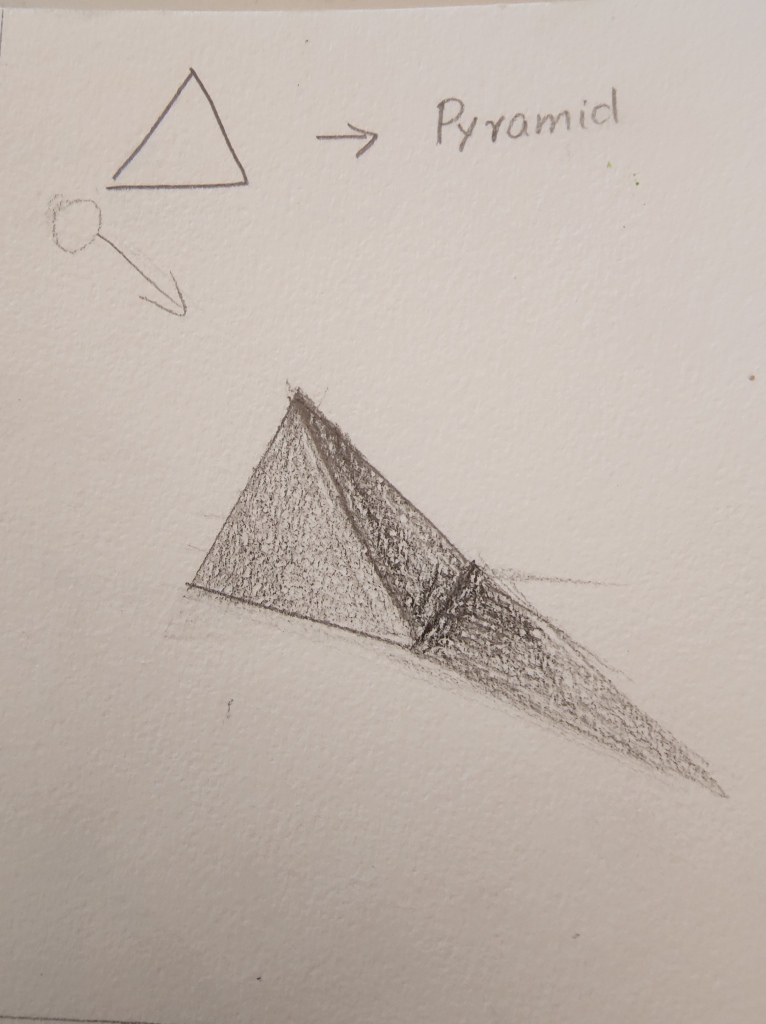
- Creating a cone using triangle and circle– We start with a triangle and add a circle. We erase the baseline of the triangle and the backside of the circle to create the cone. Add value and shadow to create form and space. The figure is below for reference.
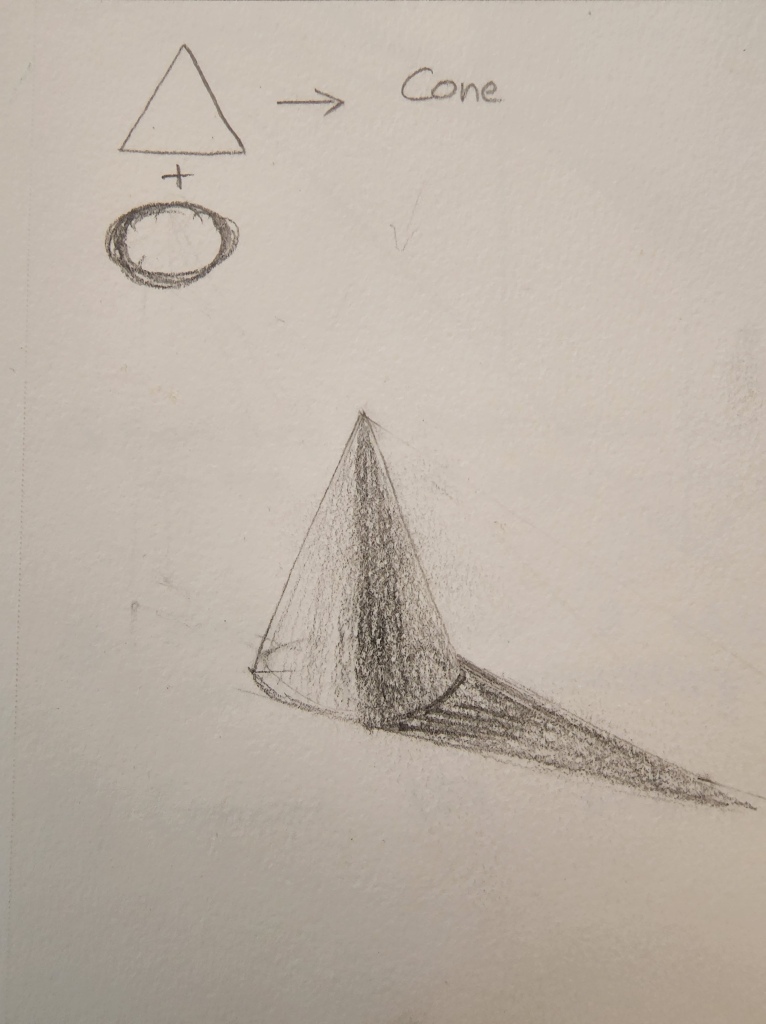
Creating a cylinder using rectangle and circle– We start with a rectangle and add two circles one on the top and another at the bootom. We erase the lines on the top and the bottom of the rectangle to create the cylinder. Add value and shadow to create form and space. The figure is below for reference.
